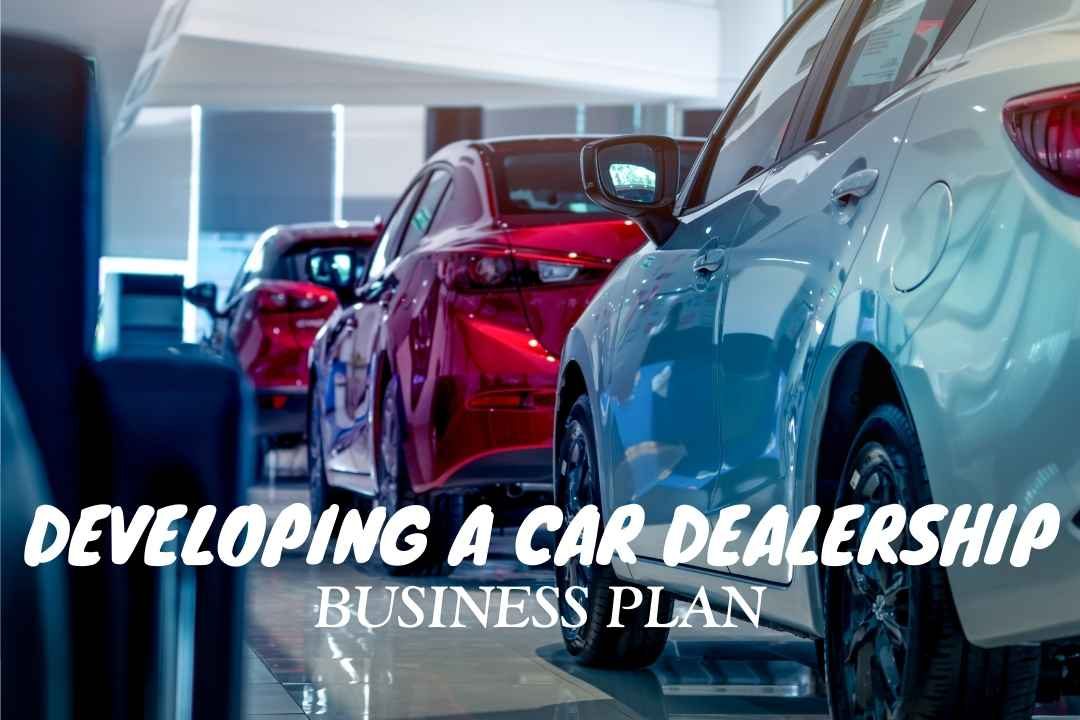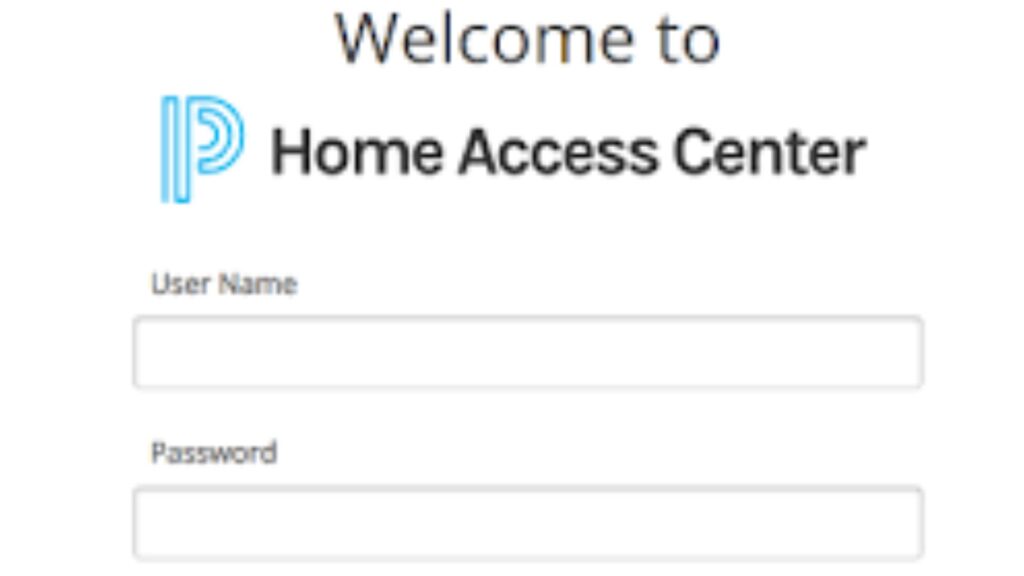Starting your own car showroom is more than just a financial investment – it’s a leap into the lucrative world of auto retail. If you’ve dreamed of helping customers find their perfect ride, learning how to start a car showroom could be your gateway to success. Whether you’re interested in new or used vehicles, the right planning and strategy can turn your vision into a thriving business.
But here’s the catch—without proper preparation, many aspiring showroom owners face substantial roadblocks. Legal complexities, high start-up costs, and the challenge of managing inventory can feel overwhelming. Don’t worry. This guide equips you with clear steps and key insights so you can confidently launch your car showroom and meet your business goals.
Step 1: Understanding the Auto Dealership Business
Before you lay the foundation for your new showroom, it’s essential to understand the ins and outs of the auto dealership business. Whether you’re interested in selling new or pre-owned vehicles, your business will rely on market demand and solid customer relations. Showroom owners often specialize in niche markets, like luxury cars or family vehicles, to stand out from competitors.
This expands your options to choose between owning a car dealership for new brands or entering the used car dealer business. Identifying and analyzing your audience’s needs and preferences is essential. For instance, urban areas might demand affordable vehicles for commuting, while rural regions might focus on rugged, all-terrain options.
Step 2: Evaluating Costs – How Much Do You Need to Start?
When venturing into the dealership business, managing start-up costs is one of the biggest challenges. Here’s a breakdown of typical expenses:
- Property Leasing or Purchase
Showrooms require spacious, high-traffic locations that can showcase your inventory. Expect leasing fees ranging from $10,000 to $50,000 monthly, while property purchases can exceed $1 million depending on location. - Inventory Acquisition
For a modest start, stock up on at least 5 to 10 vehicles. Used vehicle inventory is more affordable, costing approximately $5,000 to $20,000 per car. For new vehicles, your budget will need more room—up to $30,000 per unit. - Licensing and Permits
Each state governs dealerships differently. Dealer licenses typically cost anywhere from $500 to $2,000 annually, while local permits can be an additional fee. - Staffing Salaries
Hiring a sales, management, and maintenance team demands an initial salary pool of about $150,000 annually. - Insurance
Comprehensive coverage, including property, liability, and workers’ compensation, will cost around $10,000 to $20,000 per year.
By estimating these expenses alongside operational costs, you’ll get a clearer picture of how much funding you’ll require to begin.
Step 3: Developing a Car Dealership Business Plan

Every successful launch begins with a solid car dealership business plan. Think of it as the backbone of your venture. Here’s how to craft one:
- Identify Your Vision
Define whether you want a showroom focused on luxury brands, compact cars for everyday buyers, or a reliable used car dealer business model. Your branding, marketing, and inventory depend on this choice. - Set Financial Goals
Determine your break-even point, projected profits, and a feasible timeline to achieve success. - Craft Marketing Strategies
Plan how you’ll attract your audience. Will you rely on social media campaigns, local advertising, or special in-store events? - Legal & Registration Considerations
Your business plan should include steps to legally establish your business. From choosing between an LLC and sole proprietorship to obtaining the necessary permits – these steps help avoid legal hurdles.
Step 4: Legal Setup – Registrations, Permits, and Licensing
How do I start a showroom legally? This step breaks down your responsibilities as per U.S. standards:
- Business Registration
Choose your business structure – sole proprietorship, partnership, or LLC. Experts recommend the LLC model for its personal liability protection. - Dealer Licensing
Apply for your state’s specific dealership license. For instance, understanding how to start a used car dealership in Texas involves obtaining a GDN (General Distinguishing Number). - Sales Tax ID
Contact your state tax authority for a reseller tax permit to legally collect sales tax from sold vehicles. - Zoning Permits
Secure zoning clearance to confirm your property complies with community and industrial regulations. - Insurance Contracts
Purchase business liability insurance and auto insurance policies to protect your assets and employees.
Step 5: Setting Up Your Showroom
Creating a well-equipped showroom significantly impacts your success. Consider the following:
- Vehicle Display
Organize your cars effectively. First impressions count—the layout should look professional yet help customers explore with ease. - Office Space
Dedicate areas for sales discussions, financial advising, and after-purchase services like insurance documentation or warranty processing. - Technology Integration
Invest in CRM (Customer Relationship Management) software to track leads and manage customers effectively. This puts your dealership on par with competitors in the business cars industry.
Step 6: Building a Strong Inventory
Your inventory largely determines whether customers walk off your lot impressed or disappointed. For quick returns:
- Start small with high-demand brands.
- Balance used and new cars if available.
- Partner with wholesalers who offer competitive pricing to build your fleet without depleting your budget.
Once your sales build momentum, add more variety or specialize further to cater to loyal clients.
Step 7: Marketing and Brand Building
To stay competitive, aggressive marketing is non-negotiable. Brand-building for an auto dealership business often involves strategic campaigns such as:
- Digital Ads on Facebook or Google targeting local buyers.
- Instagram promotions highlighting your vehicles’ best features.
- Unique events like new vehicle launch parties to attract interest.
Strong customer service values also enhance your branding. Repeat customers and positive testimonials can turn your business into a respected name in the automotive sector.
Expert FAQs
How do I start a car dealership business?
How do I start a used car dealership in Texas?
How do I start a showroom?
How much do you need to start a car shop?
How much do I need to start a car dealership?
How much does it cost to start a car business?
By following these structured steps without skipping details, you’ll be fully prepared to enter the dealership landscape. Proper planning, combined with strong execution, will lead to a thriving car showroom in no time.







